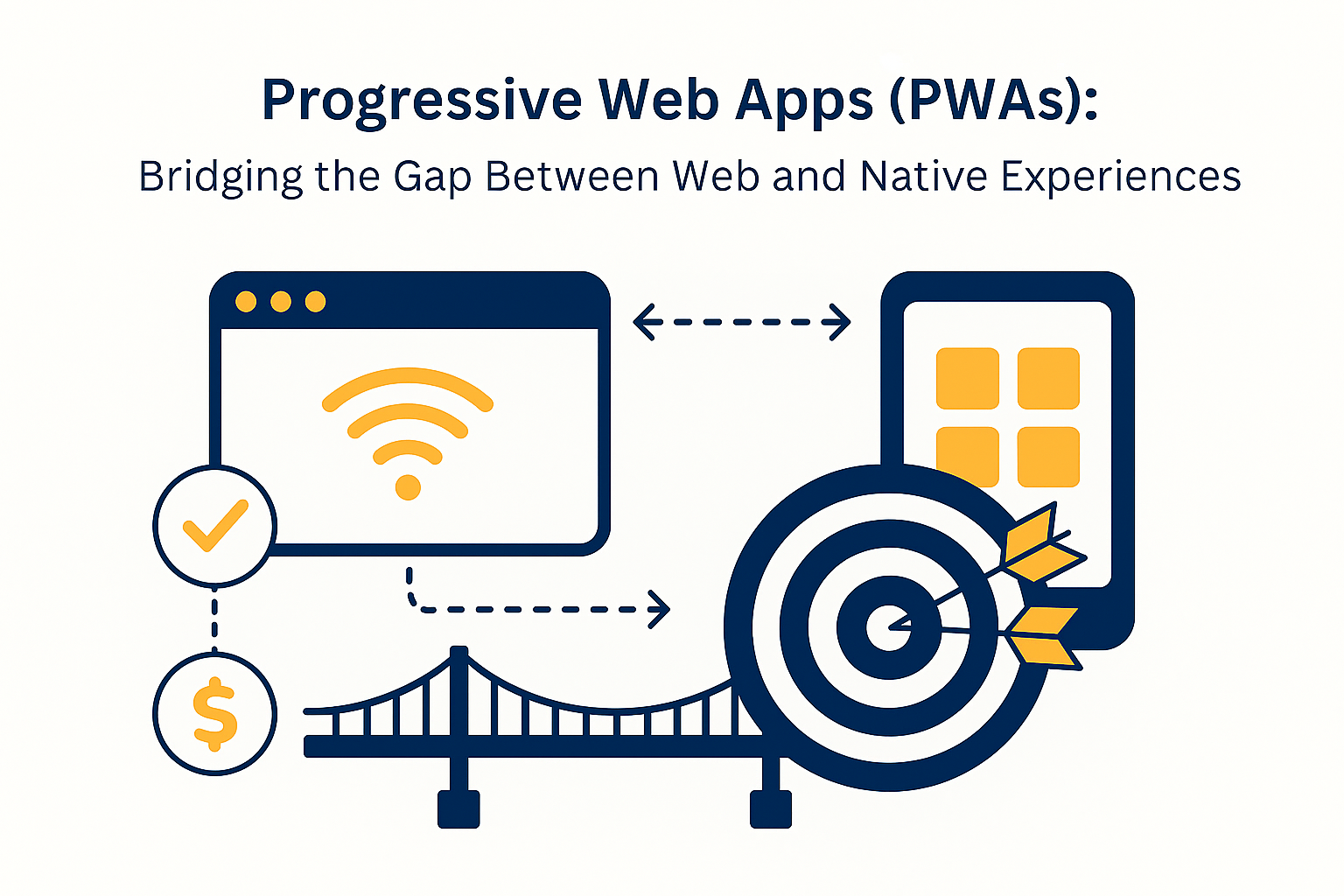In an era where user experience dictates success, Progressive Web Apps (PWAs) have emerged as a transformative technology, offering the best of both web and native applications. This blog post provides an in-depth exploration of PWAs, detailing their core characteristics, benefits, and how they are revolutionizing the digital landscape for businesses and users alike. We’ll begin by defining what a PWA is, explaining that it’s not a new framework but a set of web technologies and best practices that enable web applications to deliver an app-like experience. The article will then delve into the key features that make a PWA ‘progressive,’ ‘web,’ and ‘app.’ These include reliability (instant loading, even offline, thanks to Service Workers), speed (fast and responsive interactions), and engagement (installable to the home screen, push notifications, full-screen experience). We’ll meticulously detail the technical components that power PWAs, such as Service Workers for caching and offline capabilities, Web App Manifests for home screen installation and app-like appearance, and HTTPS for security. The significant benefits of adopting PWAs will be a core focus. For businesses, these include increased conversion rates due to faster load times and improved user experience, reduced development costs compared to building separate native apps for iOS and Android, broader reach as they are accessible via a URL, and enhanced SEO due to better performance metrics. For users, PWAs offer convenience (no app store download required), reliability (works in low-connectivity areas), and a seamless, engaging experience that feels native. The article will present compelling case studies of major companies (e.g., Starbucks, Twitter Lite, Pinterest) that have successfully implemented PWAs, showcasing their tangible improvements in engagement, conversions, and user retention. We’ll also discuss the role of PWAs in specific industries, such as e-commerce, media, and travel, where their offline capabilities and speed are particularly advantageous. However, the blog will also address the current limitations and challenges of PWAs, including varying browser support for certain features, limited access to some native device functionalities compared to full native apps, and the ongoing need for awareness and adoption. Finally, we’ll offer a forward-looking perspective on the evolution of PWAs, their synergy with other web technologies, and their increasing importance in a mobile-first world, positioning them as a crucial strategy for businesses aiming to deliver exceptional, accessible, and high-performing digital experiences.

